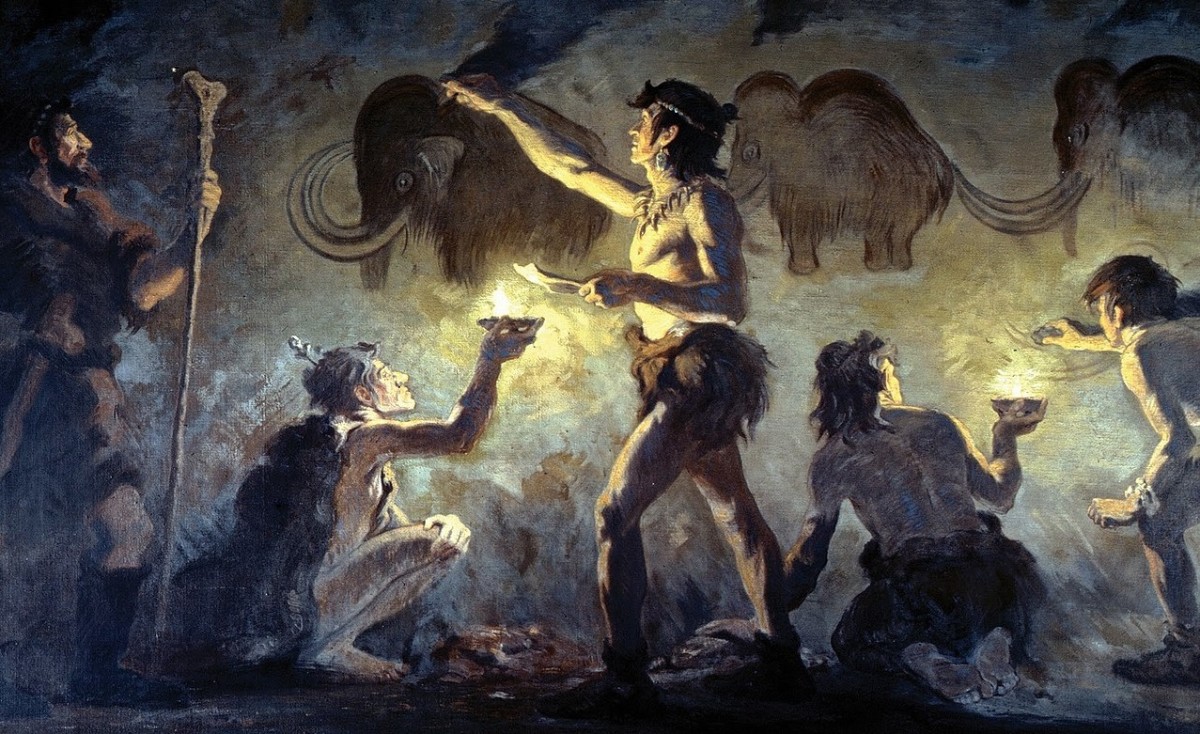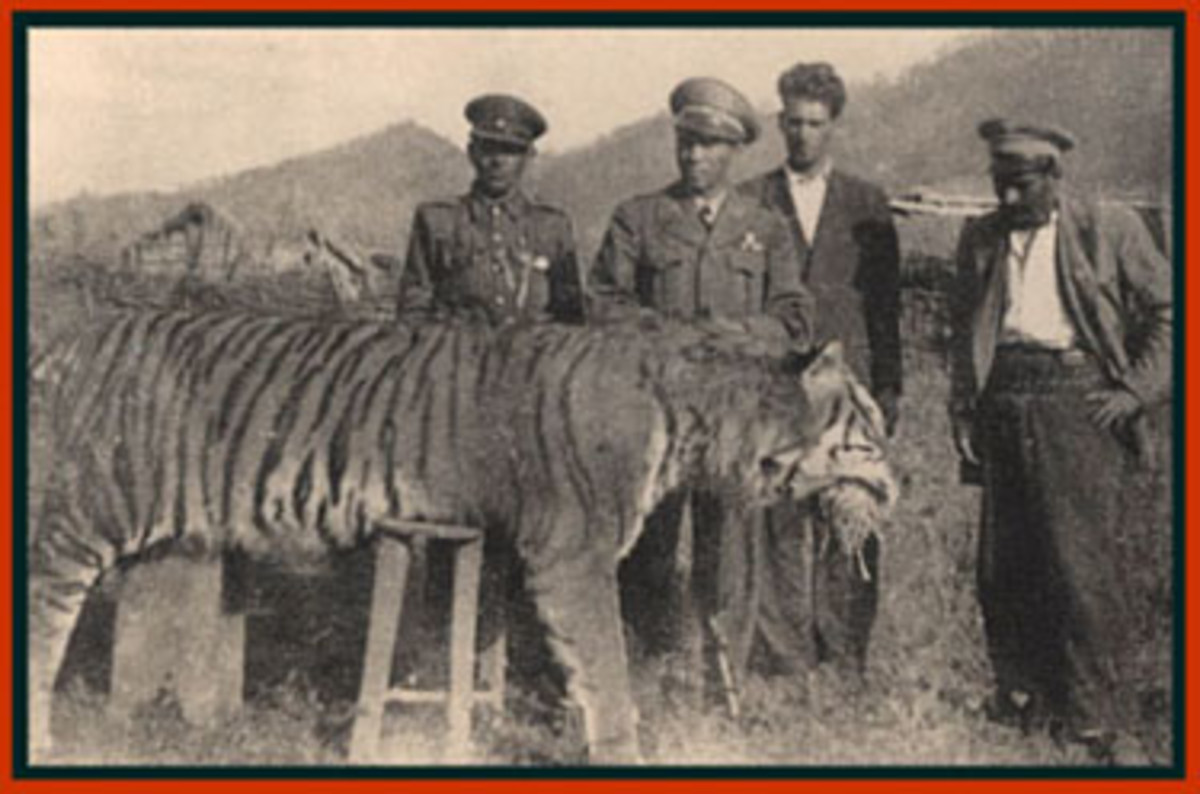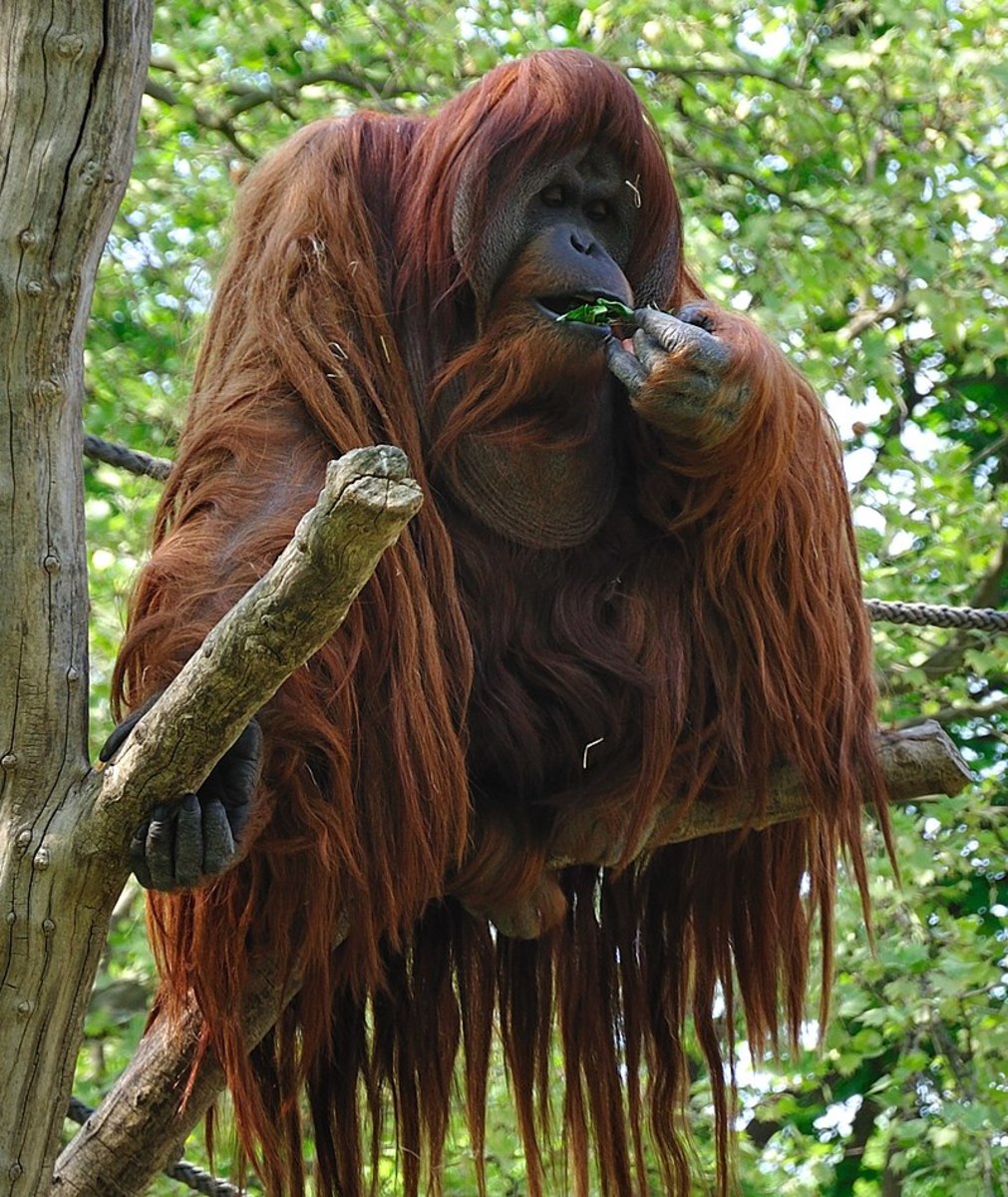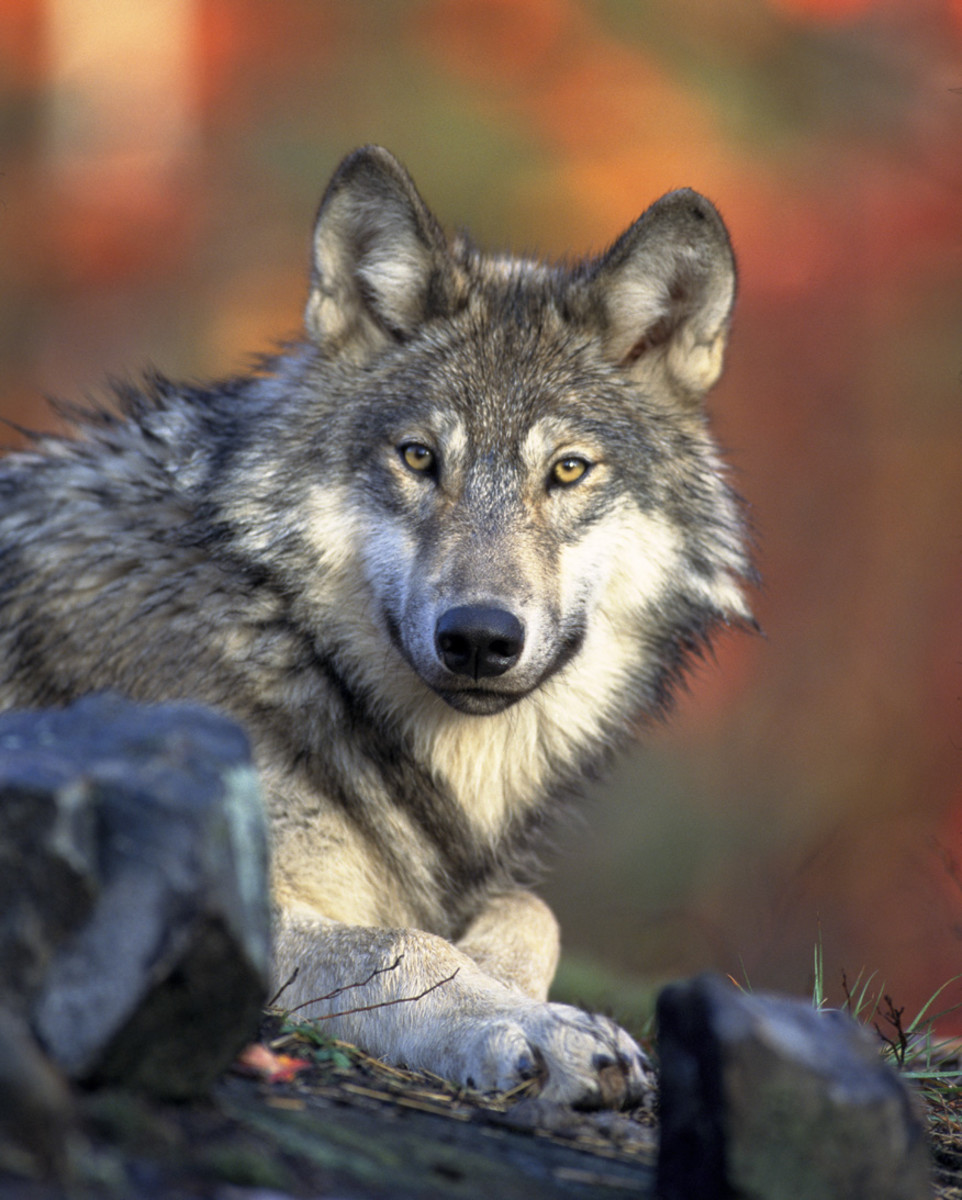100 Heartbeats: A Review of Jeff Corwin's Engaging Non-Fiction Book
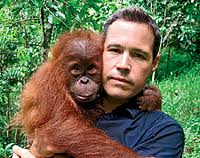
Abstract
100 Heartbeats is an eye-opening, first-hand account written by naturalist Jeff Corwin that discusses the issue of animal extinction. This book delivers a wide view of the state in which various animal species are forced to live and adapt. Corwin emphasizes the seriousness of the situations several species of animals are encountering in today’s world compared to recent years, offering insight into the causes of animal extinction, ranging from decreased space to increased pesticide use. Because of humans and their ecological decisions, 16, 928 species are facing extinction (Corwin xi). It is up to the human race to save other species from being wiped out forever.
Jeff Corwin not only addresses the problem of extinction, and the causes of it, but he also addresses the importance of maintaining ecological balance within ecosystems. One example of this is that of the California sea otter, whose population size is small compared to the impact it has on the ecology in its environment. If the sea otter were to become extinct, as is its threat, the environmental diversity in its coastal environment would be three times less diverse than it is when the otters are present (Corwin 133).
In 100 Heartbeats, Corwin makes several prominent points. One of those points is that of global warming and the effects on species and their habitats (Corwin 10). Another is how species are affected by the introduction of foreign species into native environments, such as the effects of non-native pigs negatively affecting the variety of unique bird species in Hawaii through destruction of plants and foliage needed for the birds’ survival (Corwin 82). Also, Corwin discusses the effects of pollution and disease on endangered species, such as the Yangtze River Dolphin, or the baiji whose species became extinct after the Chinese government began to allow free-flowing boat traffic, fishing, and dams on the once clean habitat of the Yangtze River (Corwin 104). Dying by unnatural means, such as poaching for use on the black market (Corwin 153), and being sold for food, such as the plight of the passenger pigeon, whose abundance in North America had dwindled by 1900 (Corwin 200), also contributes to Corwin’s commanding message about extinction.
If humans do not step up to help fight the extinction of the world’s amazingly diverse wildlife, humanity will also be affected. It is all summed up in one powerful quote by senior polar bear scientist Steve Amstrup that says, “’Although many people would like to think of humans as observers of ecology, we are really participants in it, and the changes in the ecosystem are going to affect us,’” (Corwin 103).
Introduction
100 Heartbeats by Jeff Corwin is a non-fiction book that discusses endangered species, focusing on those species that are in the Hundred Heartbeat Club, which means that these species literally have only 100 animals or less of their kind with hearts that are still beating in our world (Corwin 14). Much of the book consists of accounts of Corwin’s own experiences and adventures throughout his years of experience as a naturalist coming face-to-face with critically endangered species, with explanations that give readers a background into the usually historically safe and equipped animals who, in today’s world, are being threatened by human greed and lack of consideration for the lives of these incredible creatures. 100 Heartbeats illustrates the dire need for positive human involvement if the Hundred Heartbeat Club is going to survive. Global warming and habitat loss, non-native species and pollution and disease, as well as human animal exploitation are all contributors to whether or not Earth will lose its now endangered species (Corwin 3, 73, 153).
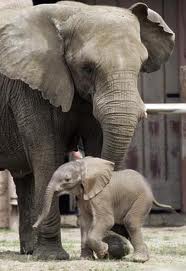
Discussion
Jeff Corwin discovered his love for animals and nature when he was just a little boy growing up in New England (Corwin xiii, xiv). He decided to become a naturalist one day while observing a garter snake in his aunt’s backyard woodpile in Holbrook. He decided to become a conservationist the day the man who lived next door killed the snake he had been observing for two years by splitting it in half with a shovel (Corwin xiii, xiv). Corwin’s career as a wildlife biologist began when he graduated from Bridgewater State College with bachelor’s degrees in both biology and anthropology. Later, he was awarded with a doctorate for his work in publicly educating people about endangered species, faithfully believing that through education, these animals can have a better chance of survival (Animal Planet).
He says in the introduction to his book, 100 Heartbeats, “Today, I’m a conservationist because I believe that my species doesn’t have the right or option to determine the fate of other species, even ones that inspire fear in us.” His passion for saving animals that cannot save themselves is the kind of passion all should adopt if any species in this world is going to survive.
According to Corwin, there are 16, 928 endangered species rapidly losing time on this planet (Corwin xi). This is due to global warming, habitat loss, the introduction of foreign animals into established ecosystems, pollution, disease, and exploitation. Animals like the polar bear, tiger, panda bear, and orangutan are among those whose populations have steadily decreased over time as a result of one or more of the aforementioned factors. These devastating effects will have dire consequences soon if preventative actions are not taken. 100 Heartbeats helps explain how these factors affects animal species and what measures need to be taken to prevent losing another animal to unnatural causes before it is too late.
The polar bear is known for living in the utterly cold climates of the icy tundra. These heavy, blubbery white bears blend into their environments well, giving them an advantage to catch prey and survive. Their incredible sense of smell helps them locate seals from under several feet of snow. Polar bears depend on ice to capture their food, and cannot survive without it (Corwin 8, 9). Although the polar bear population is not threatened currently, the effects of global warming and greenhouse gases will force polar bears to face the dangers of becoming extinct as ice melts and they are forced to spend more time on land. Also, it is speculated that more bears will drown as a result of decreased ice strength and more time spent over the open waters (Corwin 9). If nothing is done to preserve the bears’ environment, it is estimated that by 2080, only reduced populations of polar bears would survive in the Arctic Archipelago (Corwin 7, 8). After so much adaptation to their icy world, it is imperative that the bears’ living conditions are maintained, lest global warming take the lives of these incredibly powerful, magnificent creatures (Corwin 9).
As humans compete with animals for space in the world, animals are the ones who lose their environments to meet the needs of the ever increasing human population on Earth (Corwin 19). Habitat loss is another large problem contributing to the extinction of several of the World’s endangered animals. Habitat destruction is, “the deterioration of an environment to the point where it can no longer support an indigenous species,” (Corwin 19). This is a huge problem, especially for animals like the orangutan, whose males need at least 6,100 acres or more to successfully thrive (Corwin 59). Without the proper space in which to live, animals’ resources become more limited, forcing them to compete at higher costs and reducing the population enough to consider them endangered, critically endangered, or unfortunately extinct. The competition between humans and animals for space is being controlled by humans, which lowers the chances of animal survival without the support of other humans to intervene and fight for the animals’ right to habitat (Corwin 20, 21). Habitat destruction not only affects animals, but it affects humans, too by making it harder for Earth to produce oxygen, process carbon dioxide, and exchange necessary levels of elements in the air, like nitrogen and sulfur, through the destruction of forests, as well as increase the chances of natural disasters (Corwin 20). The actions of humans devastate and affect humans, too.
When non-native species are introduced into an established ecosystem, the ecological balance can be easily disrupted. This was the case in the example of the species on the island of Hawaii before it inherited its human inhabitants. Ever since humans began populating the island, bringing with them animals like cats, snakes, and feral pigs, the paradise has declined rapidly (Corwin 80). Not all introduced species have negative effects on new environments; however one way that a non-native species can negatively affect an environment is through the upset of the natural flora and fauna. In one example, feral pigs escaped captivity and destroyed the native plants that provided food and housing for several species of animals, and several of the unique native birds (Corwin 82). Due to the introduction of animals like the non-native pigs, Hawaii has only two remaining native mammalian species, which are the hoary bat and the monk seal—and both of these animal species are critically endangered (Corwin 82).
Pollution and disease are two major problems affecting the survival of Earth’s creatures (Corwin 102, 119). Pollution has been a growing problem in our World over the years since the Industrial Revolution. Pollution in water from boats, trash, and oils, can affect animals both directly and indirectly. For example, if a seal were to ingest a pollutant from the water, such as a pesticide, it would be stored in its blubber. Indirectly, a polar bear would become a victim of the same pollutant when it preys upon the seal for its dinner (Corwin 103).
The pesticide industry is among other quickly growing industries. It increased by $633 billion in just fifty years (Corwin 103). These pesticides not only pose a threat to the human race, but especially to animals. The American bald eagle was one animal that came very close to extinction, the cause of which can be directly linked with the pesticide DDT (Corwin 29). Although the unrestricted use of it is banned in the United States, DDT is still allowed to be manufactured and exported to other countries, which means that since other countries are using DDT and exporting goods back to America, that DDT is still present in certain foods humans eat, and it affects foods the bald eagle eats (Corwin 29). This poison is more dangerous for the young bald eagles than for the adults, but since the concentrated levels are high in bald eagles that ingest DDT, they pass it on the young they have, or become sterile. And the eggs in that condition are too fragile to support life, which made a significant impact on the number of bald eagles and almost caused extinction (Corwin 29).
Animal exploitation is the last of Corwin’s points covered in 100 Heartbeats. It is an on-going, devastating problem directly related to human ignorance in relation to the importance of preserving endangered and critically endangered animals. Poaching is one of the worst kinds of exploitation (Corwin 157). It is the result of sick human greed. Corwin writes that when an animal is poached for a body part, such as ivory, the animal’s pursuers have no mercy. In one horrific example, a cow elephant was brutally killed by poachers. The poachers took an ax to the elephant after spearing her several times so she would bleed to death. Elephants are as emotional as humans, and need their mothers to survive, which is why it is a heart-wrenching visual to imagine the elephant’s calf standing sadly next to the body of the mother because she has no place else to go (Corwin 157).
100 Heartbeats was a thoroughly enjoyable, interesting, and most importantly informational book. Before reading this book, I was unaware of the state in which Earth’s creatures, including humans, have found themselves. It has motivated me to want to know more about what I can do to reduce my negative impact on animals and the world, and increase my positive impact.
Do you know?
What is an endangered species?
Conclusion
The brutality of poachers and the pure insensitivity to life is disturbing to think about. On top of everything humans are doing to ruin Earth, intentionally and directly harming animals is the worst offense. Global warming, habitat loss, pollution, disease, and exploitation for selfish gain all contribute to the endangerment of Earth’s creatures, including humans. Jeff Corwin’s 100 Heartbeats serves as a comprehensive collection of information designed to help humans understand the history of animal endangerment, the present conditions, and illustrates the prediction for the future—if humans do nothing to help, Earth’s beauty and diversity will continue to decline more and more rapidly. Extinction is forever.
Corwin, Jeff.100 Heartbeats. New York: Rodale, Inc. 2009. Print.



